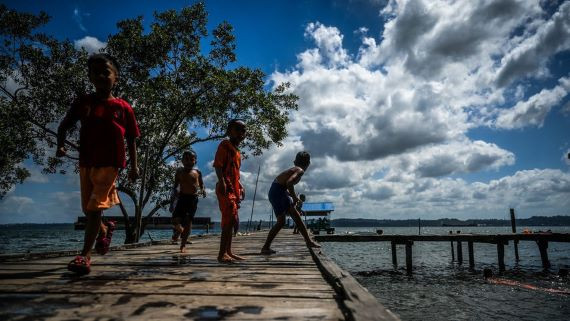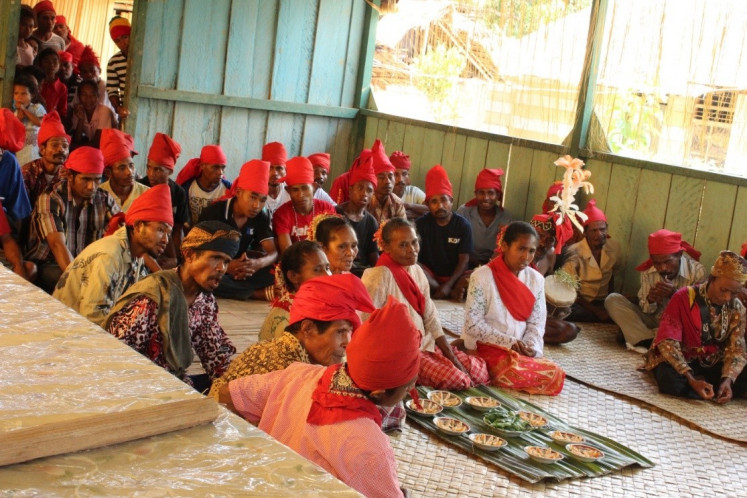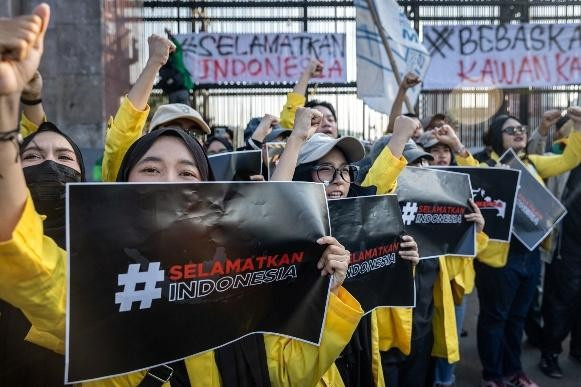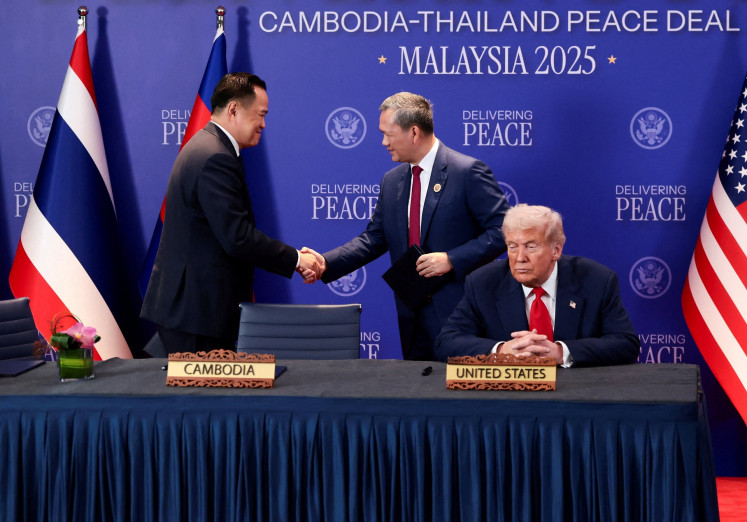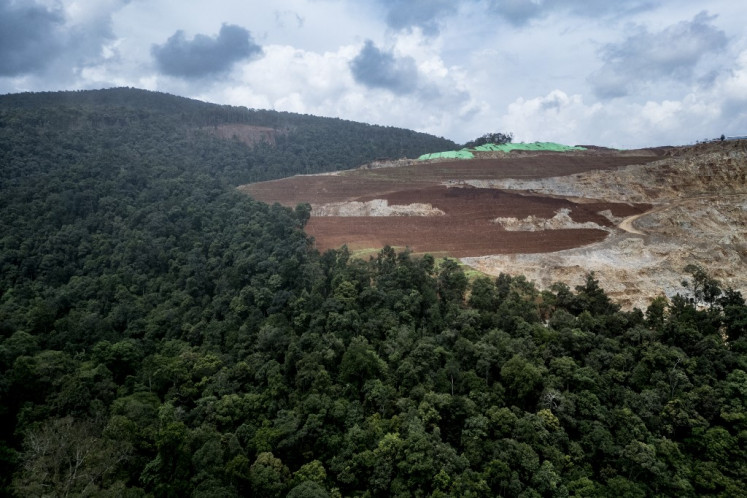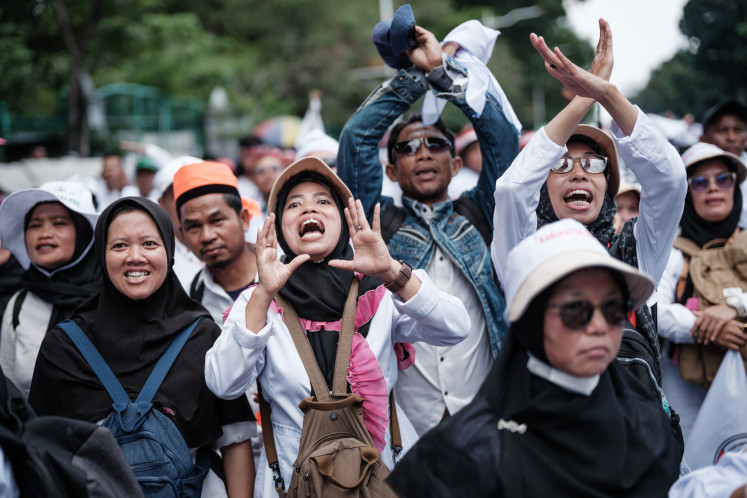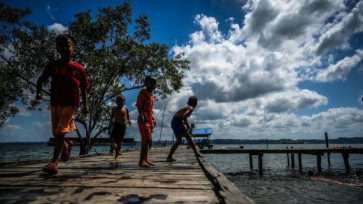Popular Reads
Top Results
Can't find what you're looking for?
View all search resultsPopular Reads
Top Results
Can't find what you're looking for?
View all search resultsWill Nusantara respect and protect its indigenous peoples?
Following rapid development of Nusantara toward its unveiling on Independence Day, now is the time to conduct a field study to verify the customary lands that fall within the city limits and resolve any issues related to the protection of indigenous peoples' rights to avoid any potential conflicts.
Change text size
Gift Premium Articles
to Anyone
T
he historic commemoration of the 79th anniversary of Indonesian independence on Saturday in the Nusantara Capital City (IKN) received widespread media coverage, with hope that the national event would mark a milestone in the recognition and protection of the indigenous peoples whose lives and living space have been affected by the development megaproject.
Nusantara, which spans 252,660 hectares, should ideally serve as a safe home for the indigenous peoples of East Kalimantan.
According to the Indigenous Peoples Alliance of the Archipelago (AMAN), 22 indigenous communities live in the region of Nusantara (Cahyadi, 2021). However, it is certain that there are more indigenous communities than that number, because not all are affiliated with AMAN. Meanwhile, an estimated 20,000 individual members of indigenous communities live in Nusantara (Mantalaen, 2021).
Before Nusantara existed, the region’s indigenous communities experienced various conflicts with corporations and the government over various concession areas that included their customary lands. This prolonged agrarian conflict has therefore raised concerns and feelings of insecurity among indigenous people in relation to Nusantara’s existence.
Through Presidential Regulation No. 75/2024 on the accelerated development of IKN, the government has granted a right to cultivate (HGU) of up to 190 years to private companies that invest in the IKN project. In stark contrast, thousands of indigenous peoples in the Nusantara region have not received either recognition or protection of their customary lands and the future of their livelihoods.
In field studies conducted in 2022 and 2023, the National Commission on Human Rights (Komnas HAM) found that the government and the Land Bank Agency had allegedly installed signboards on customary lands inhabited by indigenous peoples.
Recognition of indigenous communities is regulated in several legal instruments, including the 1945 Constitution, Articles 18B and Article 28 I, Paragraph 3 of People's Consultative Assembly Decree No. VII/MPR/1998 on Human Rights, Law No. 39/1999 on Human Rights and Constitutional Court Decision No. 35/PUU-X/2012 on the judicial review of Law No. 41/1999 on forestry, which states that customary forests are not state forests.

